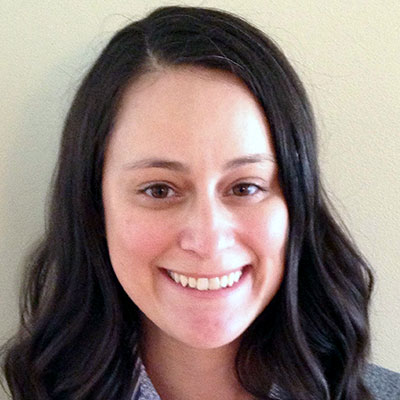Wherever we go, microbes are with us. A new science center will examine the microbial communities of indoor spaces
August 10, 2022
A multidisciplinary team of researchers across North Carolina will undertake an ambitious endeavor to understand and improve the microbial communities that inhabit the structures in which we live, work and play — what scientists call the “built environment.”
The Engineering Research Center for Precision Microbiome Engineering, or PreMiEr, aims to develop diagnostic tools and engineering approaches that promote building designs capable of preventing the colonization of harmful bacteria, fungi or viruses while encouraging the presence of beneficial microorganisms.
PreMiEr is funded by a 5-year, $26 million grant from the National Science Foundation (NSF), renewable for a second 5-year, $26 million term, and is one of four new Engineering Research Centers (ERCs) announced by the agency today.
Researchers at Duke University will collaborate with experts from the University of North Carolina at Chapel Hill, North Carolina State University, the North Carolina Agricultural and Technical State University, and the University of North Carolina at Charlotte.
“This center touches on the struggles any parent or caregiver undergoes because they want to make the best decisions about what their loved ones are exposed to,” said Claudia Gunsch, professor of civil and environmental engineering at Duke and the director of PreMiEr. “But that’s a really difficult thing to do because we don’t yet know what a healthy microbiome might look like in the places where we spend most of our time. Our goal is to start to fill those data gaps and lay the foundation for researchers to dig into these important questions.”
Human beings spend more than 90% of their time within built environments — the homes, offices, cars, hospitals, stores and other manmade enclosures that underpin modern society. Yet very little is known about the ever-present but largely invisible populations of microorganisms (built environment microbiomes) that grow and live in these spaces.
That’s a big blind spot, given that there are roughly just as many bacterial cells as there are human cells within a human body, and there are bound to be interactions between those microbes and the ones found in the built environment.
Diseases such as asthma, diabetes, obesity, irritable bowel disease and many others have already been linked to changes within the internal human microbiome. Understanding which microbes are thriving in the spaces where we spend most of our time — plus how they affect us and our own microbiomes — is the first step toward teasing out their potential health effects, both positive and negative.

Dr. Jill Stewart
“This is a really exciting time to be able to study environmental microbiomes.” said Jill Stewart, PhD, the Philip C. Singer Distinguished Professor of Environmental Sciences and Engineering at the UNC-Chapel Hill Gillings School of Global Public Health and the deputy director of PreMiEr. “With new technologies and a team science approach, we will be able to characterize how microbial systems operate and gain a better understanding of life.”
“We want to be able to go into hospital rooms or other closed environments and devise treatment strategies for unwanted microbes,” Gunsch added. “That’s something that is achievable in the short term. For the long term, we want to develop the tools, procedures and knowledge base needed to define what a healthy microbiome looks like and devise approaches for promoting those healthy microbiomes across a wide range of built environments.”
PreMiEr will focus its efforts through an inclusive lens to ensure that any of the questions asked or solutions pursued incorporate a wide range of cultural and societal viewpoints. This is reflected in the structure of the research center, which includes a core area for investigating the societal and ethical implications of microbiome engineering.
This goal is reflected in the structure of the research center. Of the more than 40 researchers, almost half are women and nearly 20% belong to historically marginalized groups in science, technology, engineering and mathematics (STEM).
Through its partnership with N.C. A&T — the largest historically Black university in the United States — and other institutions that share the goal of broadening participation in STEM, the center will contribute to the development of a diverse workforce capable of tackling critical challenges into the future.
“For decades, NSF Engineering Research Centers have transformed technologies and fostered innovations in the U.S. through bold research, collaborative partnerships, and a deep commitment to inclusion and broadening participation,” said Sethuraman Panchanathan, PhD, director of NSF. “The new NSF centers will continue the legacy of impacts that improve lives across the nation.”
The NSF Engineering Research Centers program supports convergent research that will lead to strong societal impact. Each ERC has interacting foundational components that go beyond the research project, including engineering workforce development at all participant stages; fostering a culture of diversity and inclusion wherein all participants gain mutual benefit; and creating value with an innovation-based ecosystem that will outlast the lifetime of the ERC. The program was created in 1984 to bring technology-based industry and universities together in an effort to strengthen the competitive position of American industry in the global marketplace.
Contact the UNC Gillings School of Global Public Health communications team at sphcomm@unc.edu.
